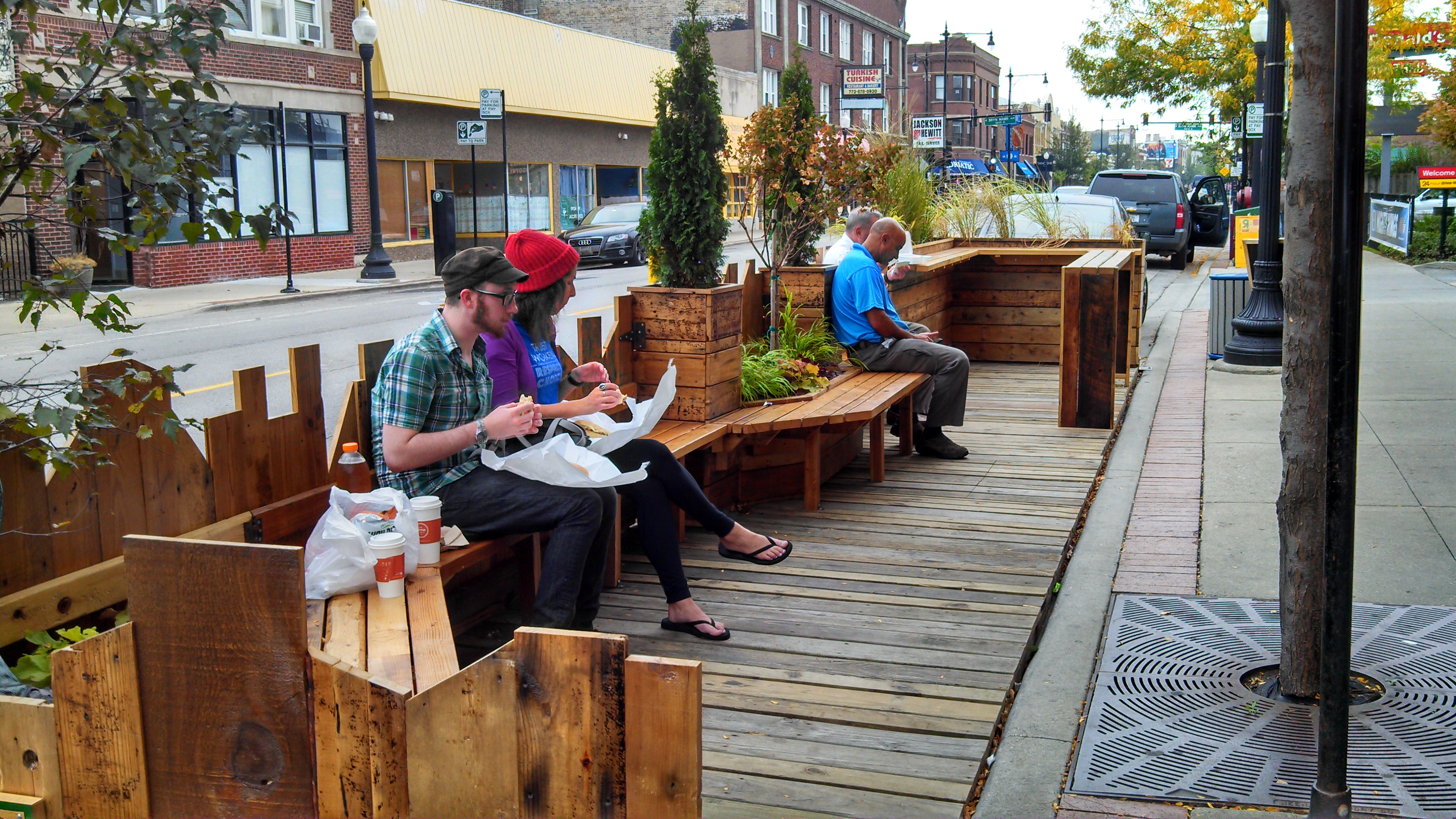Placemaking Theory
Placemaking is a contemporary approach to the planning, design and management of our cities. Because the traditional approach requires city governments to handle this work, advocates believe in revitalization and enhancement through community participation. Placemaking seeks to change the status quo.
Can we transform the Eastern Panhandle with community involvement?
Placemaking theory became popular in the 1960’s due to Jane Jacobs and William H. Whyte. They were known for their groundbreaking ideas about designing cities for people. Due to industrialization and modernization, cities lost many community spaces. Their work focused on the importance of creating inviting public spaces and vibrant neighborhoods. Since the Project for Public Spaces (PPS) has turned their philosophy into a comprehensive Placemaking approach, they have implemented their strategy across the globe.
From their website:
“Throughout our experience working with over 300 communities – in all 50 states and in 43 countries – PPS continues to show by example how adopting a collaborative community process is the most effective approach for creating and revitalizing public spaces.”
Placemaking Requires Community Involvement
It is easy to criticize community based approaches. Because we are skeptical and dislike change, we have a tendency for wait for “them” to do something. It is an attitude that hinders growth, improvement and innovation. In addition, we often fail to turn our criticism towards the status quo. Is the traditional way the best way for urban planning and design?
PPS recognizes that institutionalized city planning leaves community stakeholders in the dark by city government. In addition, citizens rarely have an opportunity to voice their ideas and aspirations for their hometown:
“Experience has shown us that when developers and planners welcome this kind of grassroots involvement, they spare themselves a lot of headaches. Common problems like traffic dominated streets, little-used parks, and isolated or underperforming development projects can be addressed – or altogether avoided – by embracing a model of Placemaking that views a place in its entirety, rather than zeroing in on isolated components.”
Placemaking Can Revitalize A Community
Advocates for Placemaking believe it is a springboard for community revitalization, positive growth and economic stability. The Eastern Panhandle faces many challenges. Because there are many vacant buildings and empty storefronts, our downtown districts are considered lackluster. However, we do have many passionate community members willing to contribute. Can the Placemaking approach be transformative for our community?
For an in depth look at Placemaking theory and practice, visit Project for Public Spaces. The goal of MiBurg is to cultivate community. We believe collaboration is ideal when talking about growth, change and improvement.
What ideas and initiatives would you like to see in our community? Tell us in the comments below or on our Facebook page.
Follow the Project For Public Spaces on Instagram to see images of Placemaking in action.

